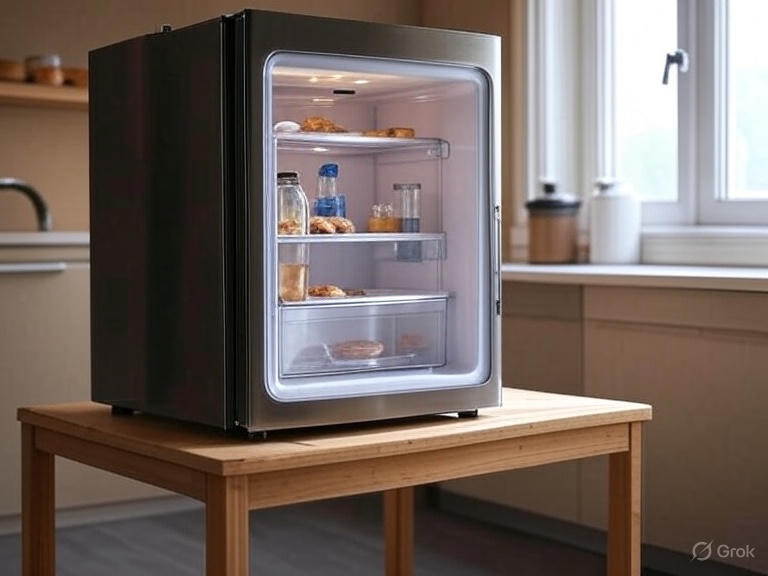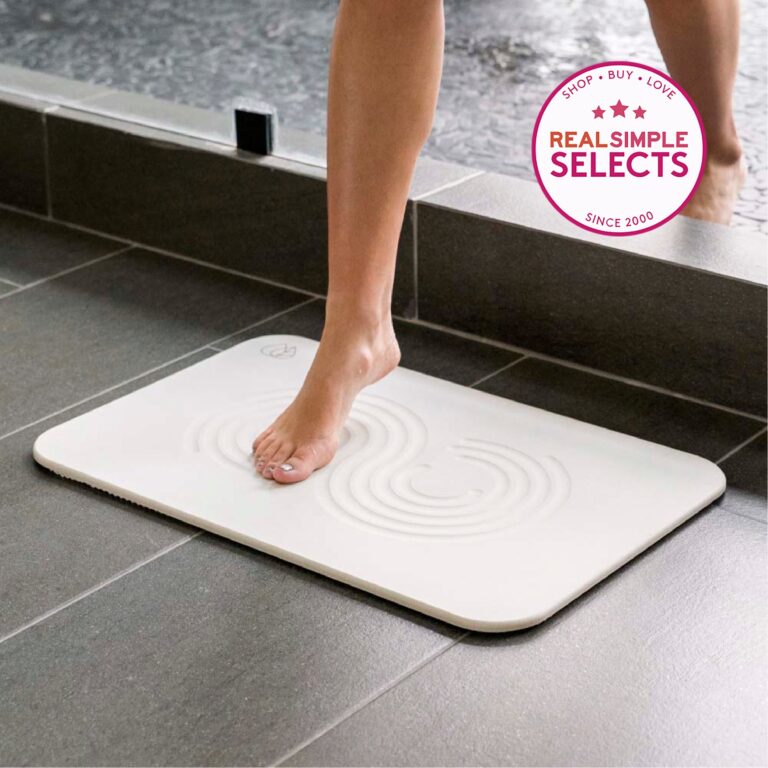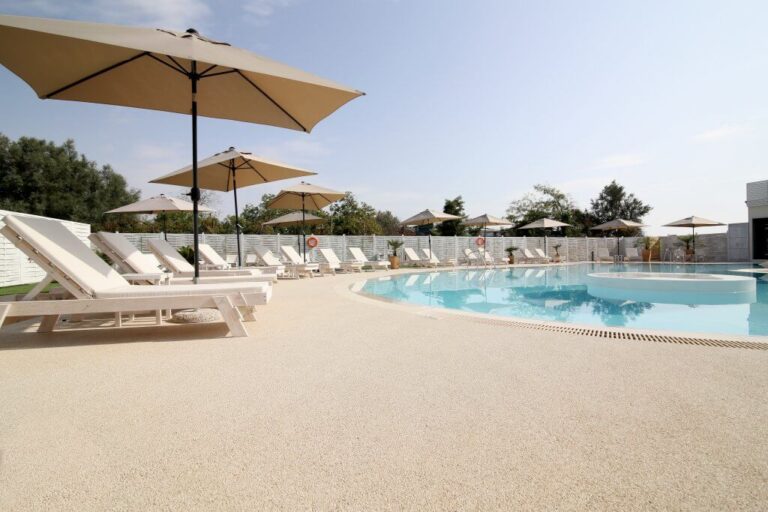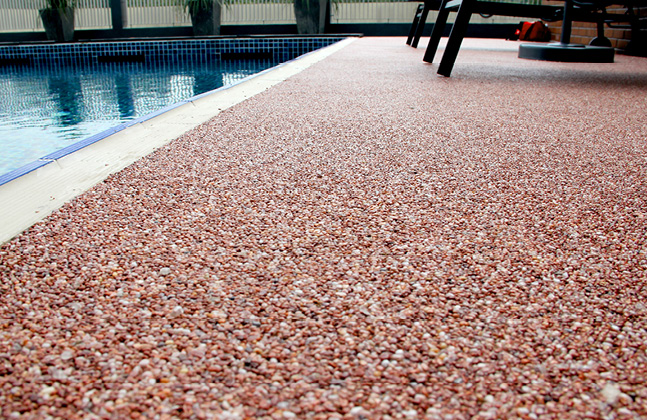Mini Fridge Stand | Top 5 Pick
Need a stable surface for your mini fridge? Let’s explore everything about a mini fridge stand, from why you need one to choosing the perfect model. We’ll cover different types, materials, and features, helping you find the ideal stand for your needs.
A mini fridge stand, as the name suggests, is a small platform designed to elevate your mini refrigerator. This seemingly simple addition offers a multitude of benefits, improving both the fridge’s functionality and aesthetics. It’s much more than just a simple platform; it’s a solution to several common problems associated with placing mini fridges directly on the floor. For example, many people find that bending down to retrieve items from a low-to-the-ground mini-fridge can be inconvenient, especially for those with back problems. A stand solves this by providing convenient access. Furthermore, a stand can improve ventilation, preventing overheating, and protecting the floor from potential damage caused by condensation or spills. It also provides an aesthetic boost, often improving the overall look of your space. I remember once having a mini-fridge tucked away in a corner; it looked cramped and almost hidden. Once I added a stand, it felt like it took up less space and actually improved the room’s appearance!
Why Use a Mini Fridge Stand?
Beyond the obvious benefit of elevating your mini fridge, a stand offers practical advantages. Better ventilation is a key factor. Mini-fridges generate heat during operation, and adequate ventilation is essential to prevent overheating. A stand creates space between the fridge and the floor, allowing for better airflow and extending the lifespan of your appliance. This is especially important in warmer climates or if your fridge is placed in a poorly ventilated area. Similarly, it protects the floor from potential damage. Spills, condensation, and even minor scratches can be avoided by using a stand to elevate your fridge. Aesthetics are another crucial consideration. A well-chosen stand can dramatically improve the look and feel of a room, preventing your mini fridge from looking like an afterthought and integrating it seamlessly into your space.
Key Features to Consider in a Mini Fridge Stand
Several key features are crucial when choosing a mini fridge stand. The most important is stability. A wobbly stand is counterproductive and may even pose a safety hazard. Look for a stand with a wide base and sturdy construction. Another important aspect is height. The ideal height depends on your personal preference and the location of the mini fridge. You want a comfortable reach without causing strain. Then, consider the material. Stands are available in various materials like wood, metal, and plastic. Each material has its own pros and cons in terms of durability, aesthetics, and cost. Finally, think about the size and weight capacity. The stand must be large enough to support the weight of your mini fridge safely. It’s always better to choose a stand with a higher weight capacity than you think you’ll need.
Types of Mini Fridge Stands

Different Stand Designs and Styles
The market offers a surprising variety of mini fridge stands, each with its own unique design and features. You’ll find simple, basic stands primarily designed for functionality, often made from metal or plastic. These are usually affordable and readily available. Conversely, you can find more elaborate stands incorporating additional features like shelves for storage or wheels for easy mobility. Wooden stands provide a rustic aesthetic appeal, often complementing kitchens or offices with a farmhouse or vintage style. Metal stands, on the other hand, tend to offer a more modern and sleek look, and frequently boast enhanced durability. Then there are plastic stands, which often come in a range of colors to perfectly match your décor. Ultimately, the best design depends on your personal preference, the style of your space, and your budget.
Materials: Pros and Cons
Choosing the right material for your mini fridge stand is an important decision, impacting both its durability and aesthetic appeal. Wooden stands, for example, offer a classic and elegant look. They’re durable if made from hardwood, but they can be more expensive and require more maintenance. Metal stands, often made of steel or aluminum, are extremely durable and often more affordable than wooden alternatives. However, they can be susceptible to rust or scratches. Plastic stands are typically the most affordable and lightweight option. They’re easy to clean but generally less durable than wood or metal. My personal experience has shown that metal stands strike a balance between cost and durability, making them a great value.
Size and Weight Capacity Considerations
When choosing your mini fridge stand, consider your mini fridge’s dimensions and weight. Measure your fridge carefully to ensure a proper fit. A stand that’s too small will be unstable and could lead to accidents. Moreover, always select a stand with a weight capacity exceeding your mini fridge’s weight. This ensures stability and longevity. Overlooking this can lead to a collapsed stand and potential damage to your mini fridge or even injury. It’s always safer to err on the side of caution. For instance, if your mini fridge weighs 50 lbs, opt for a stand with at least a 75 lb weight capacity.
Factors Influencing Your Choice
Budget and Cost Considerations
The cost of a mini fridge stand can vary widely, depending on the material, features, and brand. Basic plastic stands can be as inexpensive as $20, while more elaborate wooden or metal stands might cost upwards of $100. Your budget will significantly influence your choices. It’s essential to balance cost with quality and features. Don’t always assume that the most expensive stand is the best; consider the value you’re getting for your money. Often, a moderately priced metal stand offers a great balance between durability and affordability.
Aesthetic Considerations and Matching Your Décor
A mini fridge stand isn’t just functional; it’s also a design element within your space. Consider the overall style of your room and choose a stand that complements your existing décor. For instance, a rustic wooden stand might perfectly match a farmhouse-style kitchen, while a sleek metal stand would suit a modern apartment. The color and finish also matter. If you have a brightly colored mini fridge, a neutral-colored stand may be preferable to avoid a clash. Alternatively, coordinating colors can make a bold design statement.
Space and Placement Options
Think about where you’ll place your mini fridge and its stand. Measure the space to ensure the stand and fridge fit comfortably. Also, consider the access you’ll need. If you plan to frequently access the fridge, a stand with convenient access may be more suitable than one that’s tucked away in a tight corner. If you’re short on space, a smaller, more compact stand will be necessary. Ultimately, the stand’s placement should be both functional and aesthetically pleasing.
Mini Fridge Stand Maintenance and Care
Cleaning and Maintenance Tips
Maintaining your mini fridge stand is straightforward, varying slightly depending on the material. For wooden stands, regular dusting and occasional wiping with a damp cloth are sufficient. Avoid using harsh chemicals that could damage the finish. Metal stands usually just require occasional wiping with a damp cloth. For plastic stands, a simple wipe-down is all that is needed. Regular maintenance not only prolongs the stand’s lifespan but also keeps your space clean and aesthetically pleasing.
Troubleshooting Common Issues
While mini fridge stands are generally robust, occasional issues might arise. A wobbly stand often indicates an issue with the stability of the base. Tightening any loose screws or adjusting the stand’s feet can often resolve this. For more significant problems, carefully inspect the stand for any damage, such as cracks or broken parts. If the issue persists after a simple fix, consider contacting the manufacturer or purchasing a replacement.
Extending the Lifespan of Your Stand
Proper care significantly extends the lifespan of your mini fridge stand. Avoid placing excessive weight on the stand, always keeping within the manufacturer’s recommended weight limit. Protect it from extreme temperatures and direct sunlight to prevent warping or discoloration. Regular cleaning, as mentioned before, prevents dirt buildup and corrosion. By following these simple maintenance tips, your mini fridge stand should serve you reliably for years to come.
Comparing Mini Fridge Stands: Wood vs. Metal vs. Plastic
| Feature | Wood | Metal | Plastic |
|---|---|---|---|
| Durability | High (hardwood), Moderate (softwood) | High | Moderate to Low |
| Cost | High | Moderate | Low |
| Aesthetics | Rustic, Elegant | Modern, Sleek | Versatile, Often Simple |
| Maintenance | Moderate | Low | Low |
| Weight Capacity | High | High | Moderate |
Detailed Comparison of Stand Materials
This table offers a concise overview, but a deeper dive into each material is necessary for a well-informed decision. Wood stands, particularly those made from hardwoods like oak or maple, boast exceptional durability and an undeniably classic aesthetic. However, this durability comes at a price. Hardwood stands are typically more expensive than their metal or plastic counterparts, and require more maintenance to preserve their finish. Metal stands, usually made from steel or aluminum, offer robust construction and excellent weight capacity at a more moderate price. They often have a sleek, modern aesthetic and require minimal maintenance. Plastic stands represent the most budget-friendly option, offering a wide range of styles and colors. However, their durability and weight capacity are typically lower than wood or metal options.
Choosing the Right Material for Your Needs
The best material for your mini fridge stand depends heavily on your priorities. If durability and a classic look are paramount, a hardwood stand might be the perfect choice, despite the higher cost. For a balance of durability, aesthetics, and affordability, metal stands often prove to be an excellent option. And if your budget is tight and durability is less of a priority, plastic might be the most suitable solution. Consider the overall style of your space and weigh the pros and cons of each material before making your final decision.
Frequently Asked Questions
What is a mini fridge stand best for?
A mini fridge stand is best for anyone who wants to improve the functionality, aesthetics, and lifespan of their mini fridge. It enhances ventilation, prevents damage to floors, makes the fridge more accessible, and can significantly improve the overall look of a room. This is especially beneficial for those with back problems or those living in small spaces where efficient use of vertical space is crucial. Learn more about the benefits of improved ventilation.
How much weight can a mini fridge stand hold?
The weight capacity of a mini fridge stand varies significantly based on the stand’s size, material, and construction. Always check the manufacturer’s specifications before purchasing. A sturdy metal stand can often hold upwards of 100 lbs, while a smaller plastic stand might only support 50 lbs. Always ensure the stand’s weight capacity exceeds your mini-fridge’s weight by a reasonable margin to ensure safety and stability. Learn more about choosing the right weight capacity.
What are the different types of mini fridge stands available?
Mini fridge stands come in a variety of materials, including wood, metal, and plastic. Designs range from simple, functional platforms to more elaborate stands with shelves or wheels. You can find styles that suit various décor preferences, from rustic and farmhouse styles to modern and minimalist designs. Exploring different options allows you to find a stand that perfectly complements your space and needs.
Are mini fridge stands easy to assemble?
Most mini fridge stands are relatively easy to assemble, with many requiring minimal tools or effort. However, always refer to the manufacturer’s instructions for specific assembly steps. Some stands come pre-assembled, eliminating the need for any setup. The assembly time usually ranges from a few minutes to about half an hour. Learn more about specific assembly instructions for popular models.
How do I choose the right height for my mini fridge stand?
The ideal height for your mini fridge stand depends on your personal preference and the location of your mini fridge. You’ll want a height that allows you to easily reach items without bending or straining. Consider your own height and how frequently you’ll be accessing the fridge. Experiment with different heights if possible before making a final decision.
Can I use a mini fridge stand outdoors?
While some mini fridge stands might be suitable for outdoor use, it’s best to check the manufacturer’s recommendations before placing a stand outdoors. Exposure to weather elements, such as rain or excessive sun, could damage certain materials, shortening their lifespan. If you need a stand for outdoor use, look for one explicitly designed for outdoor environments and made from weather-resistant materials.
How do I clean a mini fridge stand?
Cleaning your mini fridge stand is simple and depends on the material. For wood, gently dust and wipe with a damp cloth; avoid harsh chemicals. Metal stands can be cleaned similarly. Plastic stands are easily cleaned with soap and water. Regular cleaning will help maintain the stand’s appearance and prolong its lifespan.
Final Thoughts
Choosing the right mini fridge stand might seem like a small detail, but it significantly impacts both the practicality and aesthetics of your kitchen or living space. By understanding the different types, features, and considerations discussed here, you can make an informed decision that meets your needs and enhances your mini fridge’s functionality. Remember to consider factors like budget, material, style, and weight capacity to ensure you choose a stand that’s both practical and pleasing. Don’t underestimate the power of a well-chosen mini fridge stand – it’s a simple upgrade that can make a big difference! Now go find the perfect stand for your mini fridge and enjoy the improved convenience and look of your space.











